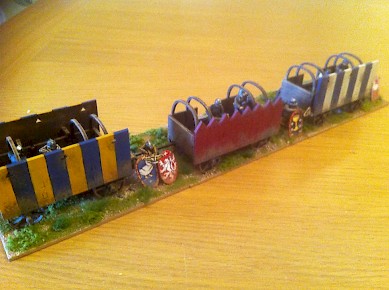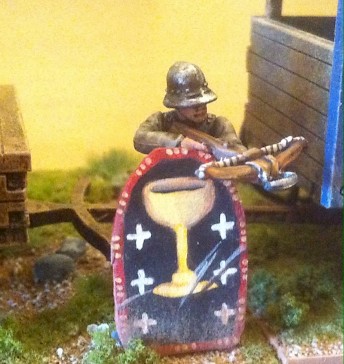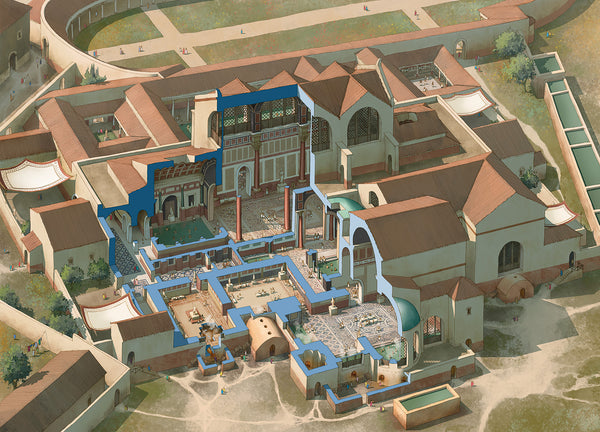Chasing the Goose
Prague is steeped in history, dating from its early foundings to the present day. One of Prague’s most famous inhabitants was Jan Hus, the preacher who started the Hussite rebellion. The name Hus sounds similar to Husa, the Czech word for goose, and thus the Hussites adopted the goose along with the chalice as one of their emblems.

Hus’ objections to the established church were complicated but boiled down to two things - he objected to the corruption of the Catholic Church allowing the sale of ‘indulgences’. The lattter was the policy of the church to allow people to ‘buy’ their way out of sin by donations to the church. Second, Hus wanted the sacrament to be said in Czech instead of Latin, so the common people could understand it. For this, he was called a heretic and excommunicated.

Betlémská kaple where Hus preached.
On the 28th of November 1414, while attending a church seminar and while under a promise of safe conduct, Jan Hus was arrested, tortured and eventually tried. He was burnt as a heretic on the 6th of July, 1415, defiant to the end. The locals rose in rebellion and Pope Martin V pronounced a crusade against the heretics, starting the Hussite wars. The Hussites, led by Jan Žižka, a veteran of the battle of Grunwald (1410), successfully defeated successive armies sent to destroy them. Eventually a compromise was reached with the Catholic church, allowing the Hussites to practice their form of worship.

The Hussite tactics were innovative for the time, using mobile artillery on the battlefield and war wagons as a mobile fortress (see also Medieval Warfare VI.1). Their primary purpose was defensive in wagon circles, but they could be used offensively, as they could be harnessed to horses and move quickly. The Hussites also adapted peasant tools such as the grain flail and converted them into very effective weapons. These innovations, along with excellent tactics, meant Jan Žižka never lost a battle and defeated the combined might of the Holy Roman Empire and Hungary.

The battle tactics of the Hussites were simple - allow the enemy to attack and wear them down with missile and cannon fire. Once the enemy had been softened up, infantry and cavalry would spring from the flanks of the wagon fortress and attack. As stated before, the wagons themselves could also be used to advance. Hussites are a very interesting army, one I’ve been meaning to collect myself. It was cool to visit Prague and follow in the footsteps of Jan Hus and see where it all started.

